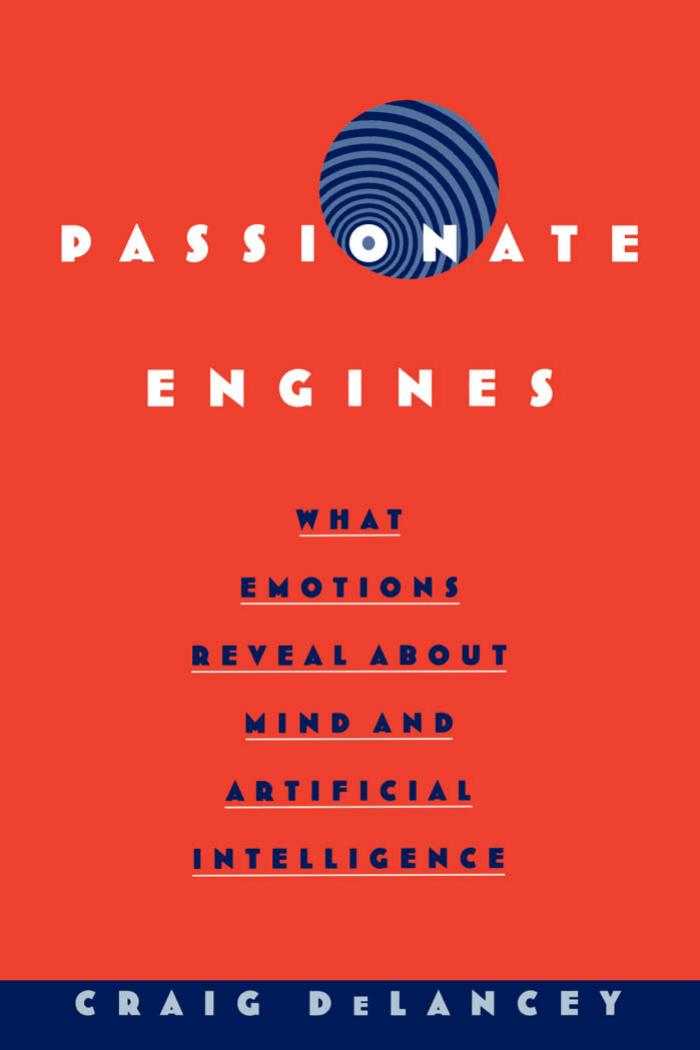Passionate Engines: What Emotions Reveal about the Mind and Artificial Intelligence by Craig DeLancey

Author:Craig DeLancey [DeLancey, Craig]
Language: eng
Format: epub, pdf
ISBN: 0195142713
end p.123
defeasible threat (and regardless of how successful such an account is as a general description of the function of anger, we can identify individual classes of eliciting objects about which we should be able to find broad agreement on the most plausible function of the corresponding emotion; an obvious kind of case would be one where an organism is angry at a sexual rival that attempts to copulate with its mate, and consequently attacks that rival), then the anger must identify and "track" the appropriate object. It is a complete failure of the function if the organism is made angry by a rival, and ends up attacking a bystander, for example. Similarly, to flee a fearful object one must recognize and track the very object that inspires fear. And to avoid a disgusting—presumably toxic—substance, an organism that is disgusted must rightly recognize and avoid ingesting the object of its disgust. And so on.
These capabilities are nontrivial. For example, nonhuman animals have been altered to show deficits in these skills. The decorticate cat experiments referred to in chapter 2 also produced the observation that cats so prepared could be enraged by particular stimuli, but then end up misdirecting their angry behavior.39 Thus, there is a norm of success that applies to having and tracking the appropriate object, and which, to varying degrees, the organism can satisfy.
(2) Some subcognitive instances of basic emotions can be shaped by learning in an appropriate way. Fear conditioning demonstrates that an organism, including even a relatively simple organism, can learn to associate a novel stimulus with the occurrence of a noxious stimulus. Furthermore, in organisms with more complex nervous systems, more complex differentiations can be made through such learning, such as distinguishing tones that signal a shock from tones that do not. Similar kinds of learning have been shown for disgust; and it is reasonable to assume that anger and other basic emotions are susceptible to such learning. Thus, the eliciting conditions of some, perhaps all, of the basic emotions can be shaped by learning; organisms learn which objects merit particular emotional responses, and over time they may learn to refine their differentiations. This is a skill which is clearly necessary if one is to be able to use these emotions in a successful way.
(3) Some basic emotions are, in various senses, revisable in their subcognitive instances. Fear conditioning can be extinguished by learning. That is, if we pair a noxious stimulus with a novel and unconditioned one, and form a fear-conditioned association, then later a large number of exposures to the previously unconditioned stimulus can sometimes result in the disappearance of the conditioned behavior. Thus, a rat that is taught that a particular tone precedes a shock will jump when it hears that tone; but if that tone is played again and again without a shock, it may "extinguish" this reaction, so that eventually the rat will not jump when the tone is played.40 It is likely that similar kinds of revision are available
Download
Passionate Engines: What Emotions Reveal about the Mind and Artificial Intelligence by Craig DeLancey.pdf
This site does not store any files on its server. We only index and link to content provided by other sites. Please contact the content providers to delete copyright contents if any and email us, we'll remove relevant links or contents immediately.
| Computer Vision & Pattern Recognition | Expert Systems |
| Intelligence & Semantics | Machine Theory |
| Natural Language Processing | Neural Networks |
Algorithms of the Intelligent Web by Haralambos Marmanis;Dmitry Babenko(16237)
Jquery UI in Action : Master the concepts Of Jquery UI: A Step By Step Approach by ANMOL GOYAL(9389)
Test-Driven Development with Java by Alan Mellor(7737)
Data Augmentation with Python by Duc Haba(7610)
Principles of Data Fabric by Sonia Mezzetta(7381)
Learn Blender Simulations the Right Way by Stephen Pearson(7296)
Microservices with Spring Boot 3 and Spring Cloud by Magnus Larsson(7139)
Hadoop in Practice by Alex Holmes(6589)
RPA Solution Architect's Handbook by Sachin Sahgal(6519)
The Infinite Retina by Robert Scoble Irena Cronin(6218)
Big Data Analysis with Python by Ivan Marin(5937)
Life 3.0: Being Human in the Age of Artificial Intelligence by Tegmark Max(5520)
Pretrain Vision and Large Language Models in Python by Emily Webber(4897)
Infrastructure as Code for Beginners by Russ McKendrick(4657)
Functional Programming in JavaScript by Mantyla Dan(4438)
WordPress Plugin Development Cookbook by Yannick Lefebvre(4386)
The Age of Surveillance Capitalism by Shoshana Zuboff(4252)
Embracing Microservices Design by Ovais Mehboob Ahmed Khan Nabil Siddiqui and Timothy Oleson(4149)
Applied Machine Learning for Healthcare and Life Sciences Using AWS by Ujjwal Ratan(4136)
